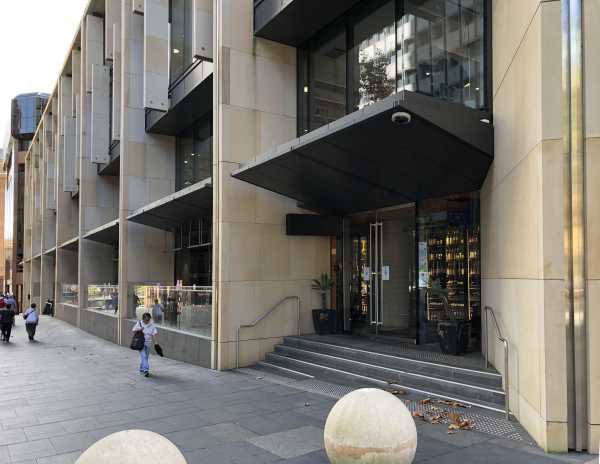
This is a question property developers often ask me:
We are currently selling 6 brand new townhouses. We have managed to get good offers on 4 of the townhouses only to have the buyer's finance fall thru because banks undervalue the properties. Is there some way we can use Vendor Finance by which we can ensure sales and that both the Vendor and Buyer are happy?
This is my answer:
Your experience that bank valuers tend to undervalue new properties in a new townhouse or home unit development is common.
Vendor finance is used to overcome this problem. It is known as deposit finance or top up finance.
If undervaluation is the only problem, and the buyers have unconditional loan approval, then this form of vendor finance would work well to sell your townhouse development.
What is deposit finance?
It is a loan by the vendor of whatever amount is required to bridge the gap between the funds the bank will loan and the funds the purchaser needs to complete the purchase.
Here is how deposit finance works:
If the property is sold for $300,000, and the buyers are approved for a 90% LVR loan, then the buyers will need to have a deposit of $30,000. The actual amount the buyers need will be: less the new home grant (if applicable), plus stamp duty (if applicable), plus loan expenses (including LMI) and plus conveyancing fees.
Let us focus on the $30,000 deposit. If the property valuation is the sale price of $300,000, then $30,000 is enough deposit. But if the valuation comes under the sale price, then more deposit will be needed. For example, if the valuation is $280,000, then the bank will lend 90% of that value, that is, $252,000. So the deposit needed is $48,000 (i.e. $300,000 less $252,000) instead of $30,000. The buyer needs deposit finance for $18,000.
What paperwork is needed?
Sometimes, this form of vendor finance is called a second mortgage carry-back, because this the way that it is documented. Specifically, the paperwork is a Loan Offer which complies with the National Credit Code, a Mortgage and a Caveat. Usually, the Caveat is registered on the title instead of the Mortgage, because it is simpler to do so.
The borrower pays the cost of these documents, which is generally $1,000, and includes the Caveat registration. If you would like me to help with the documentation, let me know.
How is the deposit finance structured?
The structure of the deposit finance varies. Most vendors charge around bank interest - 5% pa fixed, and require principal and interest payments. The principal and interest payments can be calculated and the money is payable over 10 years. Some vendors are happy with a 10 year loan, while others ask for a balloon payment at the 5 year mark. Whatever structure is used, it should be signed off by a mortgage broker to ensure that the buyers can afford it.
So long as deposit finance is used to sell your own property, and so long as it is used occasionally, no Australian Credit Licence is required because you are not in the business of giving credit. You are in the business of developing and selling property.
You do need to issue loan statements every six months, and use the same procedures for default and hardship as all lenders use under the National Credit Code.
Disclaimer: Because lenders assess borrowers differently, and because each borrower’s circumstances are different, the comments made in this newsletter are not to be relied upon in specific cases.
The Investor’s Guide to Property Ventures has been produced by Cordato Partners Lawyers, as part of its Property Law practice. Our team will meet all your conveyancing needs.
To join the free mailing list for the Guide (mail or email), Contact us below
